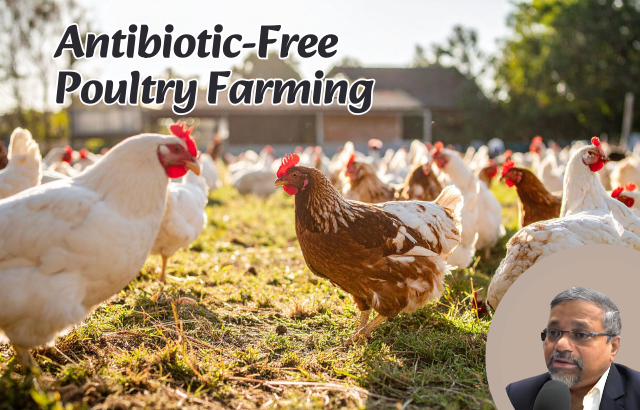In an era where sustainability and efficiency are at the forefront of agricultural innovation, aquaponics is making waves as a transformative farming method. By harmonizing fish farming with plant cultivation, aquaponics not only maximizes resource use but also sets a new standard for eco-friendly food production. Let’s dive into how this groundbreaking system works and why it might just be the future of farming.
What is Aquaponics?
Imagine a symbiotic relationship where fish and plants come together to create a self-sustaining ecosystem. That’s the essence of aquaponics. At its core, this system integrates two ancient practices: aquaculture (raising fish) and hydroponics (growing plants without soil). The magic happens when these two elements work together to form a closed-loop system that benefits both.
How Aquaponics Works
Aquaponics systems operate on the principle of mutual benefit. Here’s a simplified analogy to illustrate:
Think of aquaponics as a well-orchestrated duet. In this duet, the fish are the singers, and the plants are the backup musicians. The fish “sing” by producing waste, which contains ammonia. This waste is the key ingredient in the aquaponics orchestra.
- The Fish’s Role: The fish are housed in a tank where they grow and thrive. As they feed and excrete waste, their byproducts—rich in ammonia—accumulate in the water.
- The Filtration Process: This is where the backup musicians (the plants) come into play. Water from the fish tank is pumped into a grow bed where the plants are rooted. Beneficial bacteria in the grow bed convert the ammonia into nitrites and then into nitrates, which are less harmful to fish and serve as nutrients for the plants.
- The Nutrient Exchange: The cleaned water, now rich in nutrients, returns to the fish tank. This cycle repeats continuously, creating a balanced ecosystem where both fish and plants benefit from each other’s presence.
Why Aquaponics is a Game-Changer
- Resource Efficiency: Traditional farming can be resource-intensive, consuming large amounts of water and chemicals. In contrast, aquaponics uses up to 90% less water than conventional farming. Since the water is recycled in a closed-loop system, the need for frequent replenishment is minimized.
- Reduced Waste: In aquaponics, waste is not just discarded but repurposed. Fish waste becomes a valuable resource for plant growth, while plants help filter and clean the water for the fish.
- Sustainable Food Production: By growing both fish and plants in a controlled environment, aquaponics provides a reliable source of fresh produce and protein. This reduces the dependency on external inputs and minimizes environmental impact.
Real-World Examples
- Urban Aquaponics: In bustling cities like New York and Tokyo, urban aquaponics systems are sprouting up on rooftops and in basements. These systems allow city dwellers to grow fresh vegetables and fish, reducing food miles and enhancing local food security.
- Community Projects: In places like Kenya and the Philippines, aquaponics is being used to support local communities. By integrating aquaponics into community centers and schools, these projects provide educational opportunities and boost local food production, empowering residents to grow their own nutritious food.
- Research and Innovation: Institutions and research facilities around the world are exploring new aquaponics technologies. For example, NASA is studying aquaponics for space missions, looking at how these systems can sustain long-term space travel by growing food in space stations.
Getting Started with Aquaponics
If you’re intrigued by aquaponics and considering starting your own system, here are a few tips:
- Start Small: Begin with a small, manageable system to learn the basics. Kits and DIY setups are available for beginners.
- Understand the Balance: Maintaining the right balance of fish, plants, and beneficial bacteria is crucial. Regular monitoring and adjustments will ensure the health of your ecosystem.
- Educate Yourself: Plenty of resources, from online forums to local workshops, can help you deepen your understanding of aquaponics and troubleshoot any challenges you encounter.
Conclusion

Aquaponics is not just a farming method; it’s a paradigm shift in how we think about food production. By integrating fish farming with plant cultivation in a symbiotic cycle, aquaponics offers a sustainable, resource-efficient solution to some of agriculture’s biggest challenges. As this innovative practice gains momentum, it holds the promise of transforming farming into a more harmonious and sustainable endeavor.
Embrace the duet of fish and plants in aquaponics, and be a part of the green revolution that’s reshaping the future of agriculture.
By Green Innovator Jaiguru Kadam












